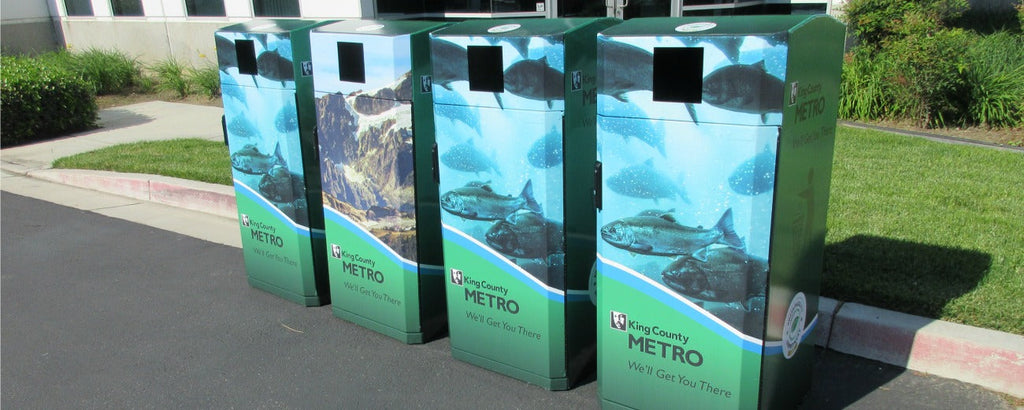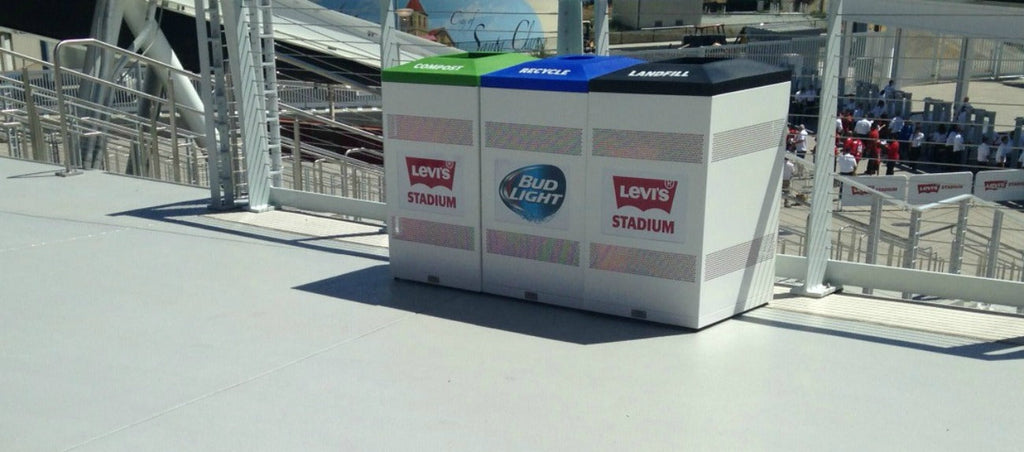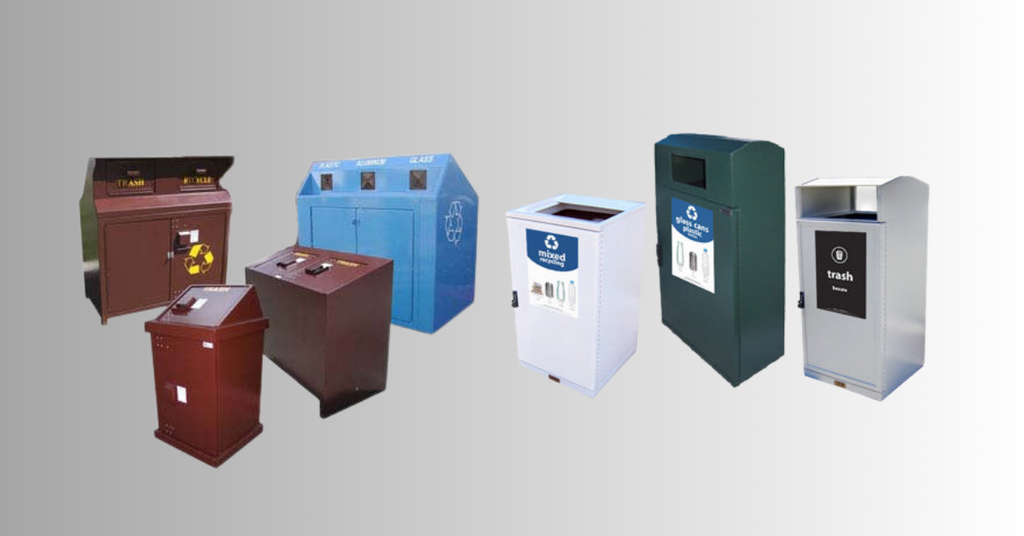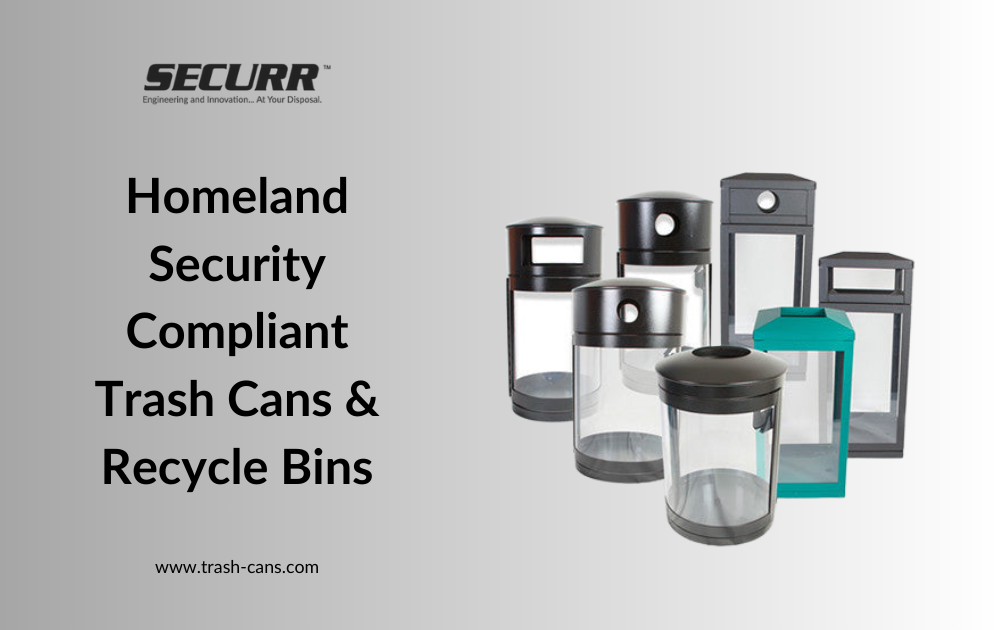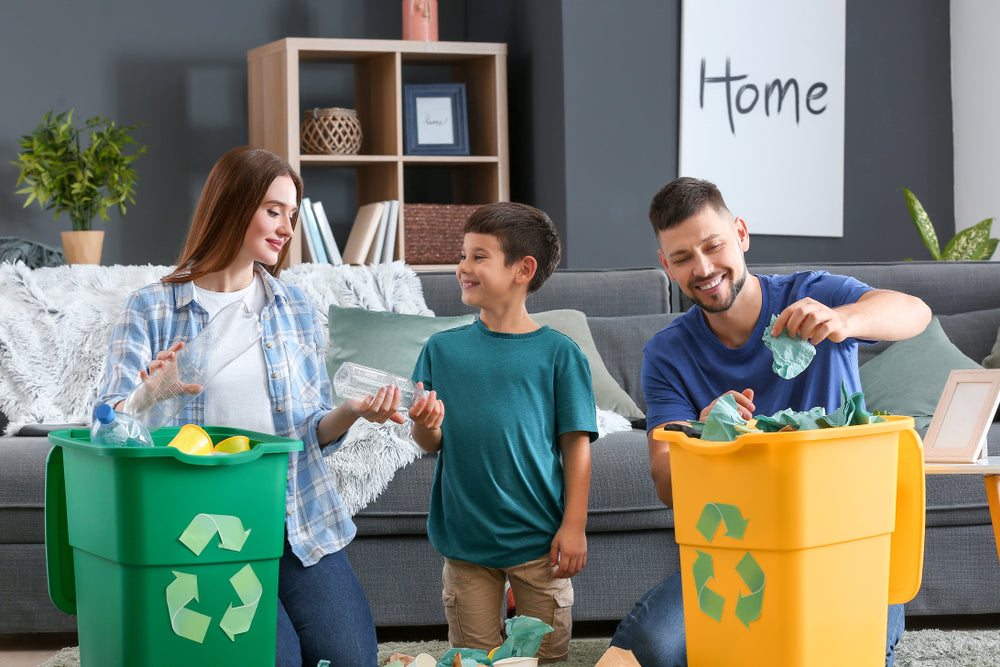News
Building a Cleaner Community: Strategies for Effective Public Trash Can Placement
Posted by Securr Blogger on
In the pursuit of a cleaner and more sustainable environment, the placement of public trash cans plays a crucial role. Properly positioned trash receptacles not only enhance the aesthetics of a community but also contribute significantly to waste management and the prevention of littering. In this article, we delve into strategies for effective public trash can placement to foster a cleaner and healthier community environment. Understanding the Importance of Proper Trash Can Placement The placement of public trash cans is more than just a matter of convenience; it's a strategic decision that impacts the overall cleanliness and sanitation of a community. Well-placed trash cans encourage people to dispose of their waste responsibly, reducing littering and promoting a sense of civic pride. Additionally, strategic placement can streamline waste collection processes, making it more efficient and cost-effective for municipalities. Key Considerations for Effective Placement High-Traffic Areas: Identify areas with high foot traffic such as parks, sidewalks, bus stops, and recreational areas. Placing...
Exploring the Role of Outdoor Trash Cans in Urban Planning
Posted by Securr Blogger on
In the intricate dance of urban planning, every element plays a crucial role in shaping the environment and experience of a city. From towering skyscrapers to quaint parks, each aspect contributes to the intricate tapestry that makes up a metropolis. However, there's one unsung hero often overlooked in the grand scheme of urban design: outdoor trash cans. While they may seem mundane, outdoor trash cans play a vital role in maintaining cleanliness, promoting public health, and fostering a sense of civic responsibility within communities. As cities continue to grow and evolve, the strategic placement and thoughtful design of these seemingly simple receptacles have become integral to effective urban planning. Enhancing Cleanliness and Sanitation One of the primary functions of outdoor trash cans is to contain waste and prevent litter from accumulating on streets, sidewalks, and public spaces. In densely populated urban areas, the absence of adequate waste disposal infrastructure can lead to unsightly scenes of litter strewn about, detracting from...
Commercial Trash Can Safety: Preventing Accidents and Hazards
Posted by Securr Blogger on
In bustling commercial environments, the humble trash can might seem like an innocuous fixture. However, it plays a crucial role in maintaining cleanliness and order. Yet, without proper attention to safety considerations, commercial trash cans can pose significant hazards to both employees and customers. From sharp edges to overflowing contents, a range of risks exists. Fortunately, with the right awareness and measures in place, these risks can be mitigated effectively. Understanding the Risks Before delving into prevention strategies, it's essential to grasp the potential dangers associated with commercial trash cans. Here are some common hazards: Sharp Edges and Protrusions: Poorly designed or damaged trash cans can have sharp edges or protruding parts, which may cause cuts or puncture wounds. Heavy Loads: Overfilled or improperly balanced trash cans can topple over, leading to injuries or strain for those attempting to lift them. Slip and Fall Accidents: Spilled liquids or loose garbage around trash cans can create slippery surfaces, increasing the risk...
Securr: Redefining Waste Management with DHS-Compliant Clear-Sided Receptacles
Posted by Securr Blogger on
In an era where security is paramount, innovative solutions are needed to address concerns ranging from public safety to regulatory compliance. Enter Securr, a leading provider of cutting-edge waste management solutions, revolutionizing the industry with their DHS-compliant clear-sided receptacles. In today's blog post, we'll delve into the features and benefits of Securr's clear-sided receptacles, exploring how they meet the stringent standards set forth by the Department of Homeland Security (DHS) while offering unparalleled functionality and durability. The Need for Enhanced Security in Waste Management Traditional waste bins often conceal their contents, making it challenging for security personnel to identify potential threats or hazardous materials. This opacity not only poses risks to public safety but also complicates the task of compliance with DHS regulations, which mandate the use of clear-sided receptacles in certain high-security environments. Securr recognized this need for enhanced transparency and security in waste management and responded with a range of clear-sided receptacles designed to meet the most demanding...
Teaching Kids About Responsible Waste Disposal and Recycling: A Crucial Lesson for a Sustainable Future
Posted by Securr Blogger on
In a world increasingly grappling with environmental concerns, teaching children about responsible waste disposal and recycling is more critical than ever. Instilling these habits early not only fosters a sense of environmental stewardship but also equips them with the knowledge to contribute positively to their communities and the planet. Here’s a comprehensive guide on how to teach kids about responsible waste disposal and recycling. Start with Education: Understanding Waste: Begin by explaining to children what waste is and its impact on the environment. Use age-appropriate language and examples to illustrate how waste affects ecosystems, wildlife, and even human health. The Three R's: Introduce the concept of "Reduce, Reuse, Recycle." Teach them that reducing consumption, reusing items, and recycling materials are effective ways to minimize waste and conserve resources. Types of Waste: Teach children about different types of waste, including recyclables (such as paper, plastic, glass, and metal), organic waste (like food scraps and yard trimmings), and hazardous waste (such as...

